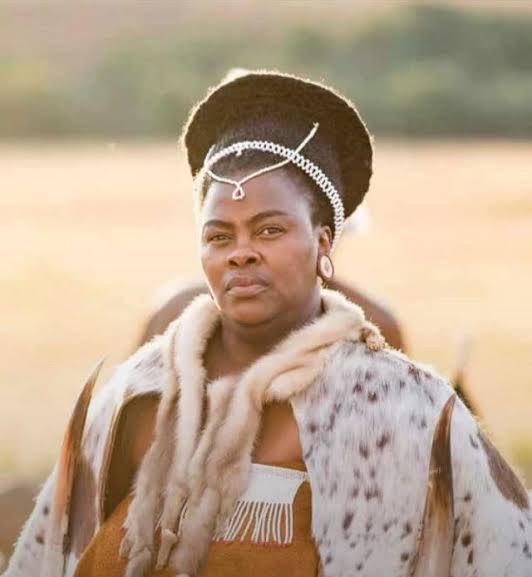1. THE MYSTERY OF ABALOZI SPIRITS 🇿🇼
Abalozi spirits communicate through sounds like that of a whistl or chirping birds. A person with this healing spirit is trained to hear and interpret the sounds. They can hear the audible sounds in their dreams . Ukuloza is to sleep.
Abalozi spirits communicate through sounds like that of a whistl or chirping birds. A person with this healing spirit is trained to hear and interpret the sounds. They can hear the audible sounds in their dreams . Ukuloza is to sleep.

2. Abalozi are believed to be warriors or military leaders who were killed during wars and their bodies were disposed of in rivers, caves or mountains. 

3. In ancient days these warriors used whistles to confuse the enemies during wars. They would blow whistles softly & confuse the enemies to think that there are birds around; and then strike when the enemies are still distracted by the melodies. 

4. Abalozi spirits are associated with rivers and mountains and the peace of nature where the spirits of the ancient warriors hover. The spirits manifest themselves through sounds of birds , audible voices, dreams that cause the one possessed to talk in their sleep. 

5. Signs of being possessed by abalozi include temporary blocking of ears, hearing sounds of whistling birds at odd places or odd hours, hearing audible voices, signal sound. The sounds cannot be heard by those around. People with abalozi love water bodies, mountains & nature. 

6. Abalozi healers strongly use prayer, dreams and whistles for healing. Abalozi spirits only possess those with a healing gift, and not every healer will have this healing spiritual gift. Abalozi spirits are initiated separately with a cow upon ukuthwasa. 

7. People with abalozi are very powerful as they are known to reveal deep secrets as they can hear distinct voices giving them information and clear instructions on how to heal people or where to find izihlahla. They can also decode & interpret the whistling sounds. 

• • •
Missing some Tweet in this thread? You can try to
force a refresh
















